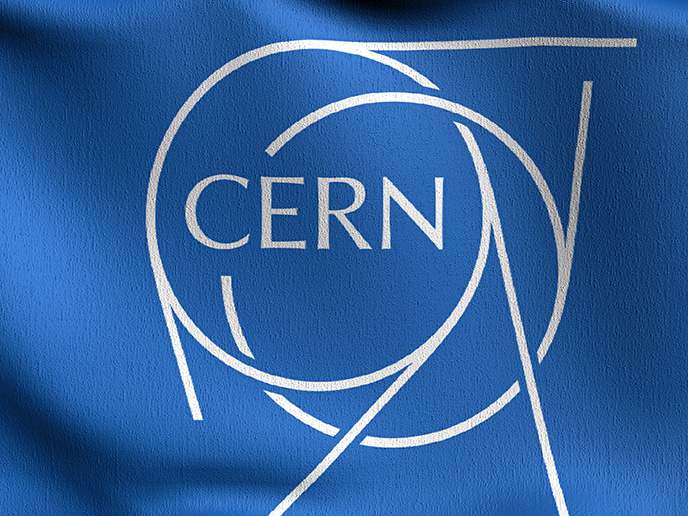CERN competition inspires sustainable solutions
As part of its plan to upgrade its particle accelerator complex, CERN is looking into the construction of a new, 100-km-long circular particle collider along the France-Swiss border. However, constructing this collider and its related infrastructure in a complex of tunnels, alcoves and caverns 200 to 300 m underground will result in about 9 million m3 of excavated materials, mainly molasse. How can all this material escape the landfills? With a future circular economy in mind – and supported by the EU-funded FCCIS project – CERN, the Future Circular Collider collaboration and the University of Leoben, Austria, launched the Mining the Future competition in May 2021. The aim of the competition was to find sustainable solutions for the reuse of excavated molasse material. In the first phase of the competition, 12 solid proposals exploring ways to reuse this material were submitted by consortia made up of academic and industrial partners. These proposals were reviewed by a panel of world-renowned experts who took into consideration the proposed solutions’ technological readiness, innovative potential and socioeconomic impact.
And the winner is …
The review process resulted in four shortlisted proposals. The winner was announced at the award ceremony held at CERN’s Globe of Science and Innovation in Meyrin, Switzerland, on 27 September 2022. The winning proposal, ‘Molasse is the new ore’, will receive up to EUR 40 000 for further research and development and business planning to bring the technology to market. Submitted by a consortium led by BG Ingénieurs Conseils (Switzerland), the proposal tackles the challenge of identifying molasse-based material for future valorisation. The proposed solution is described as follows: “Taking into account the rate at which the material consisting of sand, silt and clay is excavated and the need to separate the material as far upstream as possible according to various criteria, an on-line flow analysis must be set up. After that, the spoil will be received at an interim stockpile platform with specific facilities. The previously stored material then passes through an on-line analyser installed on the conveyor belt of the processing station, which allows immediate identification of the spoil using its petrographic characteristics.” Of the other three shortlisted proposals, the one submitted by Amberg and consortium partners presents a solution to sort, identify and break down the excavated heterogeneous molasse into materials of known composition for future use in projects. The second proposal, by Briques Technic Concept and partners, deals with the recovery and reuse of 300 000 m3 of molasse for further processing into raw earth bricks that can be used to build 1 million m2 of load-bearing walls. Last, the proposal of a consortium led by Edaphos tackles the processing of traditionally landfilled molasse into topsoil-like material using a process called soil formulation. The sustainable solutions presented during the competition supported by FCCIS (Future Circular Collider Innovation Study) are not limited in use to construction involving future CERN colliders. According to CERN senior staff member Dr Johannes Gutleber, these solutions could also have applications in other tunnel and underground civil engineering projects. Dr Gutleber, who conceived this competition, concludes in a recent news item: “CERN has a long-standing record of pioneering technical solutions that are put to good use in areas lying beyond its core scientific mission.” For more information, please see: FCCIS project website
Keywords
FCCIS, CERN, collider, molasse, material, Mining the Future, competition, circular economy



